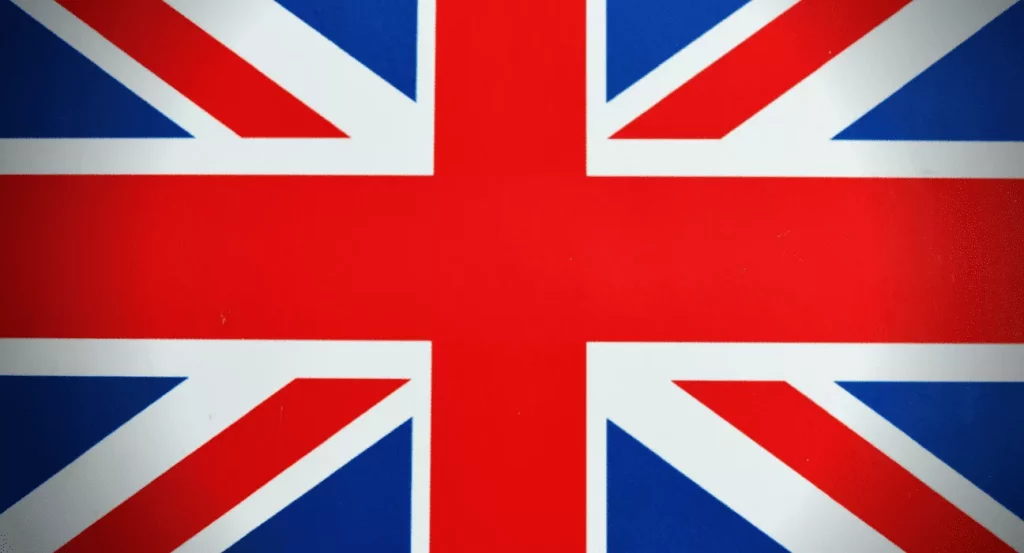The S&P Global/CIPS UK Manufacturing Flash PMI increased to 49.2 in February 2023 from 47 in January, beating market forecasts of 47.5, preliminary estimates showed. This marks a positive change for the manufacturing industry, which has been experiencing a period of decline. The service sector also saw an increase, with the PMI for services rising to 53.3 in February, surpassing estimates of 49.2. The increase in both sectors is attributed to customer demand and improving confidence, as supply shortages eased and inflation showed signs of moderation.
The return to growth in the UK’s manufacturing and service sectors is a positive sign for the country’s economy. The headline seasonally adjusted S&P Global/CIPS Flash UK Composite Output Index also registered above the 50.0 no-change value for the first time since July 2022, reaching 53.0 in February, up sharply from 48.5 in January. This indicates that the private sector businesses in the UK are moving towards a period of growth, and provides encouraging news for the near-term prospects of the UK economy.
However, the data also revealed some challenges. While the February data resulted in the slowest overall increase in average cost burdens since April 2021, the prices charged inflation eased only fractionally, particularly in the service economy. Many businesses reported the need to pass on higher wages, food costs, and energy bills to customers.
In the manufacturing sector, there was a marginal reduction, while service providers saw export sales rise for the third consecutive month. The upturn in the service sector was in stark contrast to the manufacturing sector, which experienced a slight decline. These data suggest that the service sector is better positioned to benefit from the current economic conditions, as demand for exports from the UK is rising.
The UK public finances data released this morning showed a surplus of GBP5.4 billion in January, surpassing forecasts of nearly GBP8 billion deficit. The surplus is largely due to tax collection but remains well below the January 2022 number as energy subsidies and custom duties paid to the European Union kept the surplus in check. This is a positive sign for the UK economy, indicating that the country’s finances are healthier than anticipated.
Despite the positive news, the UK’s economic recovery remains uncertain, and there are still many challenges that need to be overcome. While the increase in customer demand and improved confidence have helped to spur growth in both the manufacturing and service sectors, inflation remains a concern. Prices charged inflation in the service economy remains high, while the prices of commodities continue to increase, leading many businesses to pass on costs to customers. This could lead to a slowdown in demand and put pressure on the economy.
Looking forward, the next data releases will be key in determining whether the UK can continue on the path to recovery. The positive data for February provides some hope, but further improvements are needed for the UK to achieve long-term economic growth. Additionally, the Bank of England’s potential move to raise interest rates in March and beyond could have an impact on the economy, and it will be important to monitor this closely.
In summary, the UK’s manufacturing and service sectors experienced growth in February, following a period of decline. The positive PMI figures suggest that the UK’s private sector is moving towards a period of growth, though challenges remain, particularly around inflation. The surplus in the UK’s public finances is a positive sign for the economy, but the path to recovery is uncertain, and further data will be needed to determine whether the UK can continue on this path.



